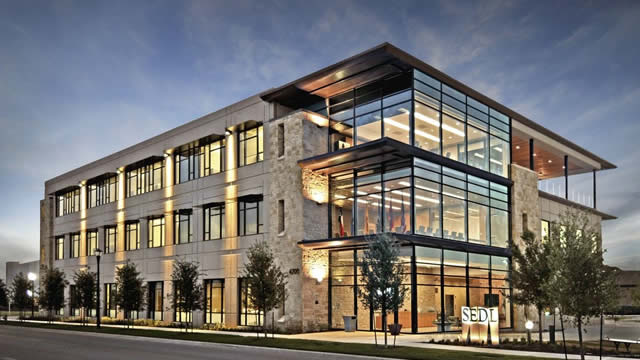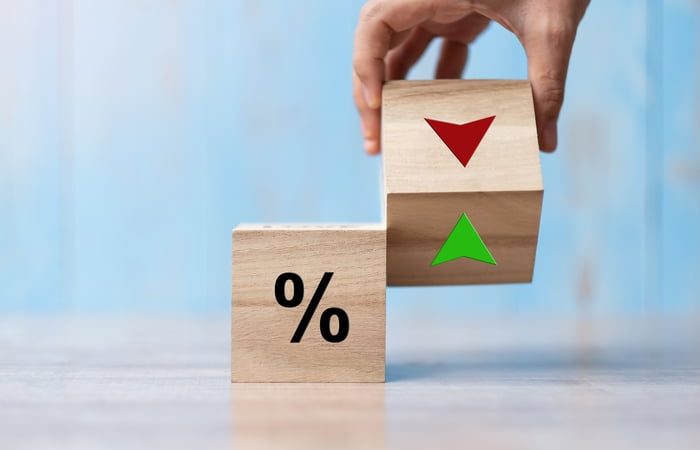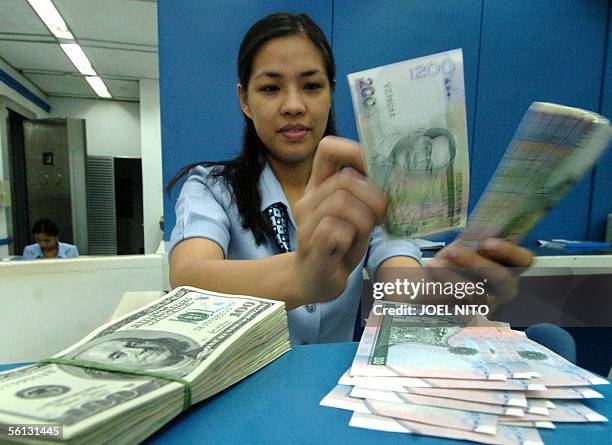The Philippines: A Vibrant Archipelago of Culture, History, and Natural Beauty

heritage, and warm, hospitable people. With a diverse ecosystem ranging from lush mountains and tropical beaches to vibrant urban centers, the Philippines offers a unique blend of natural beauty and cultural experiences. This article explores the geographical features, historical background, cultural diversity, economic landscape, and tourism potential of the Philippines.
Geography
The Philippines is situated in the western Pacific Ocean, bounded by the South China Sea to the west, the Philippine Sea to the east, and the Celebes Sea to the south. The archipelago is divided into three main geographical regions: Luzon, Visayas, and Mindanao.
- Luzon: The largest and most populous island, Luzon is home to the capital city, Manila. It boasts a variety of landscapes, including the mountainous Cordillera region, the fertile plains of Central Luzon, and the stunning beaches of Batangas and Zambales.
- Visayas: Known for its beautiful beaches and rich marine biodiversity, the Visayas includes popular tourist destinations such as Cebu, Bohol, and Boracay. The region is characterized by its lush forests and vibrant coral reefs.
- Mindanao: The second-largest island, Mindanao is known for its diverse cultures and ethnic groups. It features mountainous regions, fertile valleys, and is home to the largest city in the world by land area, Davao City.
The country’s tropical climate, characterized by distinct wet and dry seasons, supports a rich biodiversity, making it one of the world’s biodiversity hotspots. The Philippines is home to numerous endemic species, including the Philippine Eagle and the Tarsier, a small primate known for its large eyes.
History
The history of the Philippines is marked by a series of significant events and influences that have shaped its cultural and social landscape.
Pre-colonial Period
Before the arrival of foreign colonizers, the Philippines was inhabited by various indigenous groups, each with its own culture, language, and way of life. Trade with neighboring countries, such as China, India, and the Malay Archipelago, facilitated the exchange of goods, ideas, and cultures.
Spanish Colonization (1565-1898)
In 1565, Miguel López de Legazpi established the first Spanish settlement in Cebu, marking the beginning of over three centuries of Spanish colonial rule. The Spanish introduced Christianity, leading to the widespread conversion of the indigenous population to Catholicism. The Spanish established a colonial government, built churches, and developed infrastructure, including roads and schools.
Despite the advancements brought by Spanish colonization, the Filipinos faced oppression and exploitation, which led to a series of revolts and uprisings against colonial rule. The most notable of these was the Philippine Revolution of 1896, led by figures like Andres Bonifacio and José Rizal, which aimed to achieve independence from Spanish rule.
American Occupation (1898-1946)
The Spanish-American War in 1898 resulted in the Philippines being ceded to the United States. American colonization brought significant changes, including the introduction of the English language, public education, and infrastructure development. However, it also led to the Philippine-American War (1899-1902), a conflict fueled by the desire for independence among Filipinos.
In 1935, the Philippines was granted commonwealth status, and efforts were made to prepare the country for full independence. However, World War II interrupted these plans, leading to the Japanese occupation of the Philippines from 1942 to 1945.
Independence (1946-Present)
The Philippines finally gained independence on July 4, 1946. Since then, the country has faced various challenges, including political instability, economic struggles, and natural disasters. The martial law era under President Ferdinand Marcos from 1972 to 1981 marked a dark chapter in Philippine history, characterized by human rights violations and corruption.
In recent years, the Philippines has made significant strides in democratic governance and economic development, though challenges remain. The country continues to grapple with issues such as poverty, inequality, and the impact of climate change.
Cultural Diversity
The Philippines is home to over 175 languages and dialects, with Filipino and English as the official languages. The country’s cultural diversity is reflected in its festivals, traditions, and cuisines, which vary from region to region.
Festivals
Filipino festivals, known as “fiestas,” are vibrant celebrations that showcase the country’s rich cultural heritage. Some notable festivals include:
- Sinulog Festival: Celebrated in Cebu City in January, the Sinulog Festival honors the Santo Niño (Child Jesus) with street dancing, colorful costumes, and religious processions.
- Ati-Atihan Festival: Held in Kalibo, Aklan, in January, this festival features participants painting their faces with soot and dancing in honor of the Santo Niño.
- Pahiyas Festival: Celebrated in Lucban, Quezon, in May, this harvest festival showcases colorful decorations made from rice and other agricultural products.
Cuisine
Filipino cuisine is a reflection of the country’s history and cultural influences. Traditional dishes often combine flavors from Spanish, Chinese, and indigenous cooking styles. Some popular Filipino dishes include:
- Adobo: A savory dish made from marinated meat (usually chicken or pork) cooked in vinegar, soy sauce, garlic, and spices.
- Sinigang: A sour soup made from tamarind, tomatoes, and various vegetables, often with pork or shrimp.
- Lechon: A whole roasted pig, considered a delicacy and often served at special occasions and celebrations.
- Lumpia: Filipino spring rolls filled with vegetables or meat, often served as appetizers.
Economy
The Philippine economy is a mixed economy, characterized by a combination of agriculture, manufacturing, mining, and services. In recent years, the country has experienced significant economic growth, driven by remittances from overseas Filipino workers (OFWs), a growing business process outsourcing (BPO) industry, and a vibrant tourism sector.
Key Economic Sectors
- Agriculture: Agriculture plays a crucial role in the Philippine economy, employing a significant portion of the population. Key agricultural products include rice, corn, coconut, sugarcane, and various fruits.
- Manufacturing: The manufacturing sector has been a significant contributor to the economy, with industries such as electronics, food processing, textiles, and automotive production. The Philippines is known for its semiconductor manufacturing and is one of the top suppliers of electronics in the global market.
- Services: The services sector, including tourism, retail, and BPO, has become the backbone of the Philippine economy. The country is recognized as a global leader in the BPO industry, providing services such as customer support, technical support, and IT services to international companies.
- Tourism: The Philippines is a popular tourist destination, attracting millions of visitors each year. With its pristine beaches, historical sites, and rich cultural experiences, the tourism sector plays a vital role in the country’s economy. Key tourist destinations include Boracay, Palawan, Cebu, and Siargao.
Challenges
Despite its economic potential, the Philippines faces several challenges, including poverty, income inequality, and environmental issues. The country is also prone to natural disasters, such as typhoons and earthquakes, which can have devastating effects on communities and the economy.
Tourism
The Philippines is renowned for its breathtaking natural beauty, diverse ecosystems, and vibrant culture. Tourism plays a crucial role in the country’s economy, providing employment and generating revenue. The Philippines boasts numerous attractions, from stunning beaches to historical landmarks.
Natural Attractions
- Boracay: Known for its powdery white sand beaches and vibrant nightlife, Boracay is a world-famous tourist destination. The island offers a range of water sports and activities, including snorkeling, diving, and windsurfing.
- Palawan: Often referred to as the “last frontier,” Palawan is home to stunning natural wonders, including the Puerto Princesa Subterranean River, a UNESCO World Heritage Site. El Nido and Coron are popular destinations known for their breathtaking lagoons and limestone cliffs.
- Chocolate Hills: Located in Bohol, the Chocolate Hills are a geological formation of over 1,200 symmetrical mounds that turn brown during the dry season, resembling chocolate mounds.
- Mayon Volcano: Known for its perfect cone shape, Mayon Volcano in Albay is an active volcano that attracts tourists for its stunning views and hiking opportunities.
Cultural Attractions
- Intramuros: The historic walled city of Intramuros in Manila showcases the colonial history of the Philippines. Key attractions include Fort Santiago, San Agustin Church, and Manila Cathedral.
- Rizal Park: Located in Manila, Rizal Park is dedicated to the national hero, José Rizal. The park features beautiful gardens, monuments, and a museum showcasing Rizal’s life and legacy.
- Vigan: A UNESCO World Heritage Site, Vigan is known for its well-preserved Spanish colonial architecture and cobblestone streets. The city’s heritage village offers a glimpse into the country’s colonial past.





